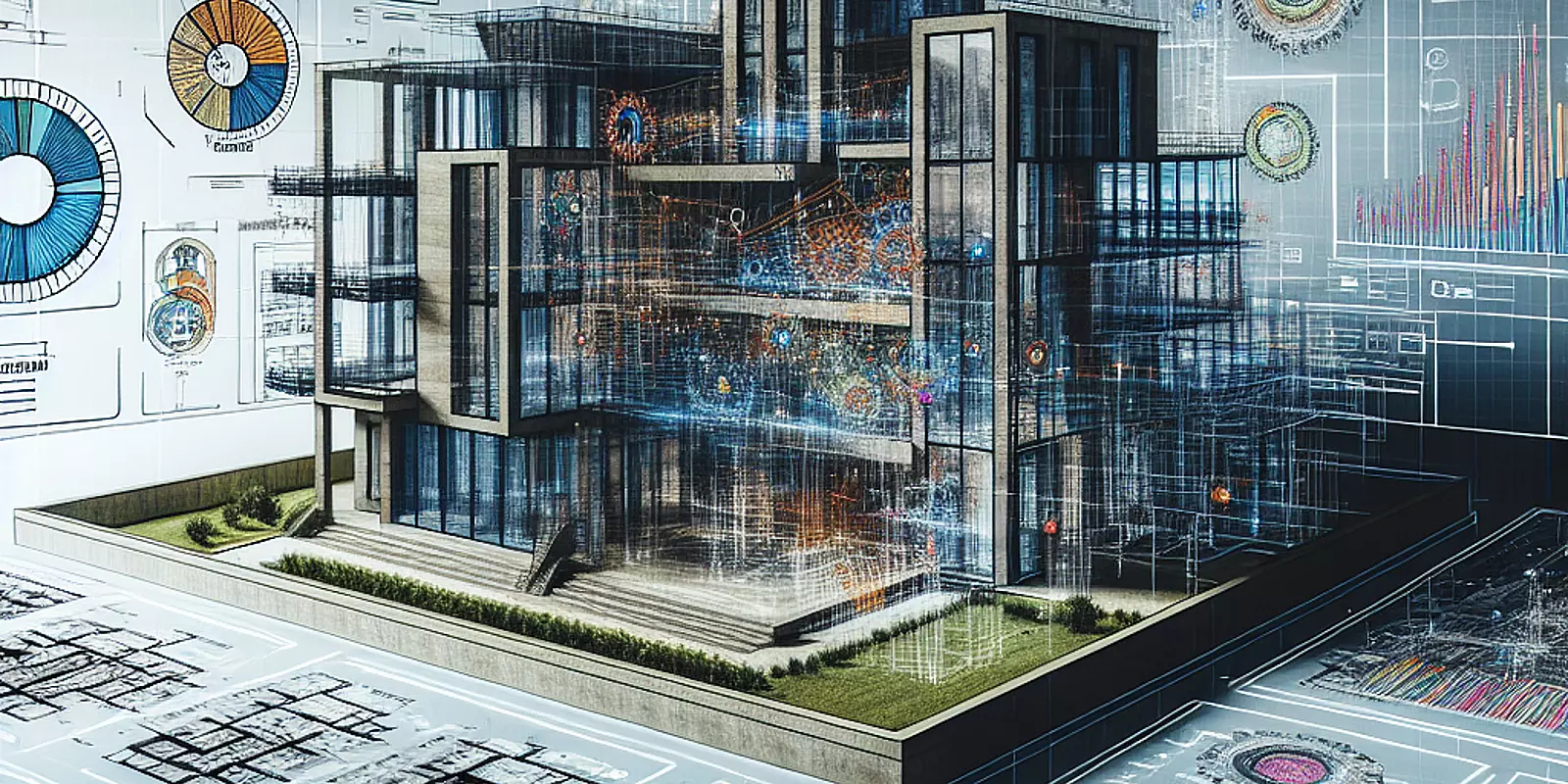
In the world of architectural visualization, mastering the art of rendering optimization is key to producing visually engaging and efficient results. The details of rendering not only affect a project’s visual quality but also impact efficiency and resource use. With advances in technology and a growing need for immersive experiences, understanding rendering optimization can significantly improve project outcomes. Striking a balance between quality and efficiency is essential, as high-resolution images can consume significant computational resources. This article explores the necessity of rendering optimization, guiding you on how to achieve top-notch architectural presentations while maintaining productive workflows.
Rendering engines form the backbone of any architectural visualization project, greatly influencing the output's quality and realism. Each popular software, such as Rhino, Blender, 3ds Max, and Corona, offers unique strengths that cater to various project needs:
Selecting the right rendering engine involves weighing the project's requirements, including complexity and desired visual style. While some projects demand rapid turnaround times, others require the immersive realism that more sophisticated engines provide. By understanding each software's unique capabilities, architectural visualization artists can enhance both productivity and visual quality.
Various challenges can hinder the creation of high-quality images in architectural visualization.
Lighting accuracy is crucial, as it shifts the perception of a space. Achieving it requires understanding light physics and the software’s capabilities. Implementing high dynamic range imaging (HDRI) for environment maps can enhance realism, along with adjusting light sources for different times of day.
Crafting materials to avoid synthetic appearances is another significant hurdle. Rendering techniques like texture maps and shader settings are crucial for achieving realistic materials. Utilizing bump mapping or displacement mapping can enhance surface depth and realism.
Optimal camera settings are vital for rendering quality, affecting the visual narrative. Ensuring correct focal lengths, aspect ratios, and employing depth of field effects can guide viewer focus. Balancing exposure and white balance settings is also key.
Practitioners can benefit from iterative testing, using render previews, and referencing real-world benchmarks. By embedding these strategies, architects can navigate rendering complexities confidently, producing stunning visualizations that captivate audiences.
In modern architectural visualization, leveraging render farms and AI tools can dramatically improve productivity and quality.
Render farms provide powerful distributed computing to manage complex scenes, reducing rendering times significantly. By using cloud-based or on-premise setups, professionals can explore more creative avenues without being limited by hardware.
AI integration introduces unprecedented efficiency into rendering processes. AI can optimize settings after scene analysis, speeding up renders. By predicting lighting and material properties, AI tools ensure realistic outcomes with less manual input.
These advancements not only speed up workflows but also raise final output quality. By employing render farms and AI, architects can explore high-fidelity environments, delivering remarkable projects that meet client demands.
The journey to mastering rendering optimization in architectural visualization is about balancing quality with efficiency. Selecting the right tools like Rhino, Blender, 3ds Max, and Corona is crucial for shaping projects. With these tools, artists can tailor strategies to optimize creativity and workflow.
By tackling key challenges like realistic lighting, material authenticity, and precise camera settings, visualizers can reach photorealistic outcomes effectively. Incorporating render farms and AI solutions further redefine architectural visualization, offering new productivity levels.
With these insights, professionals can confidently overcome rendering challenges, ensuring exceptional architectural visualizations that resonate with clients and stakeholders.